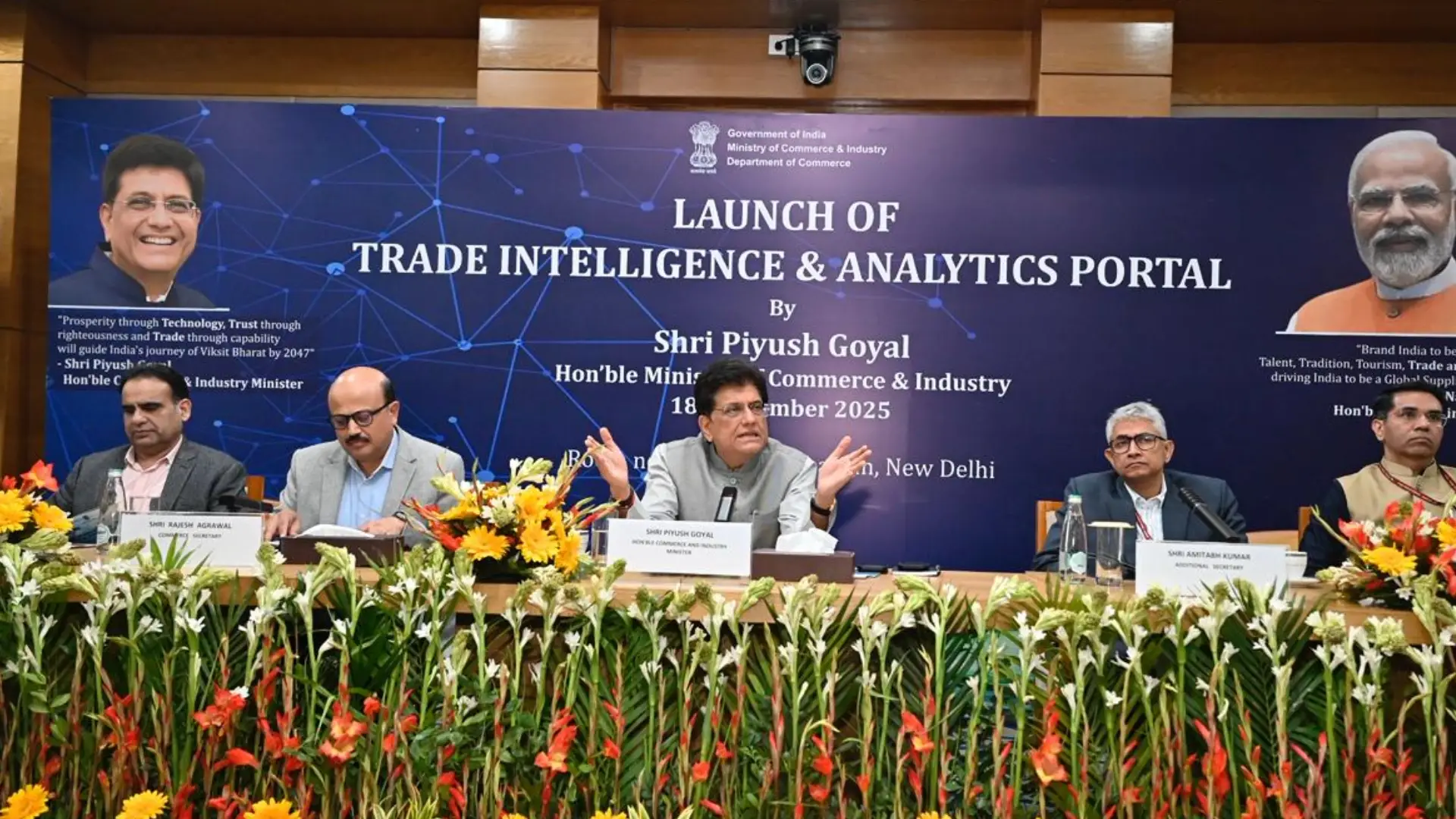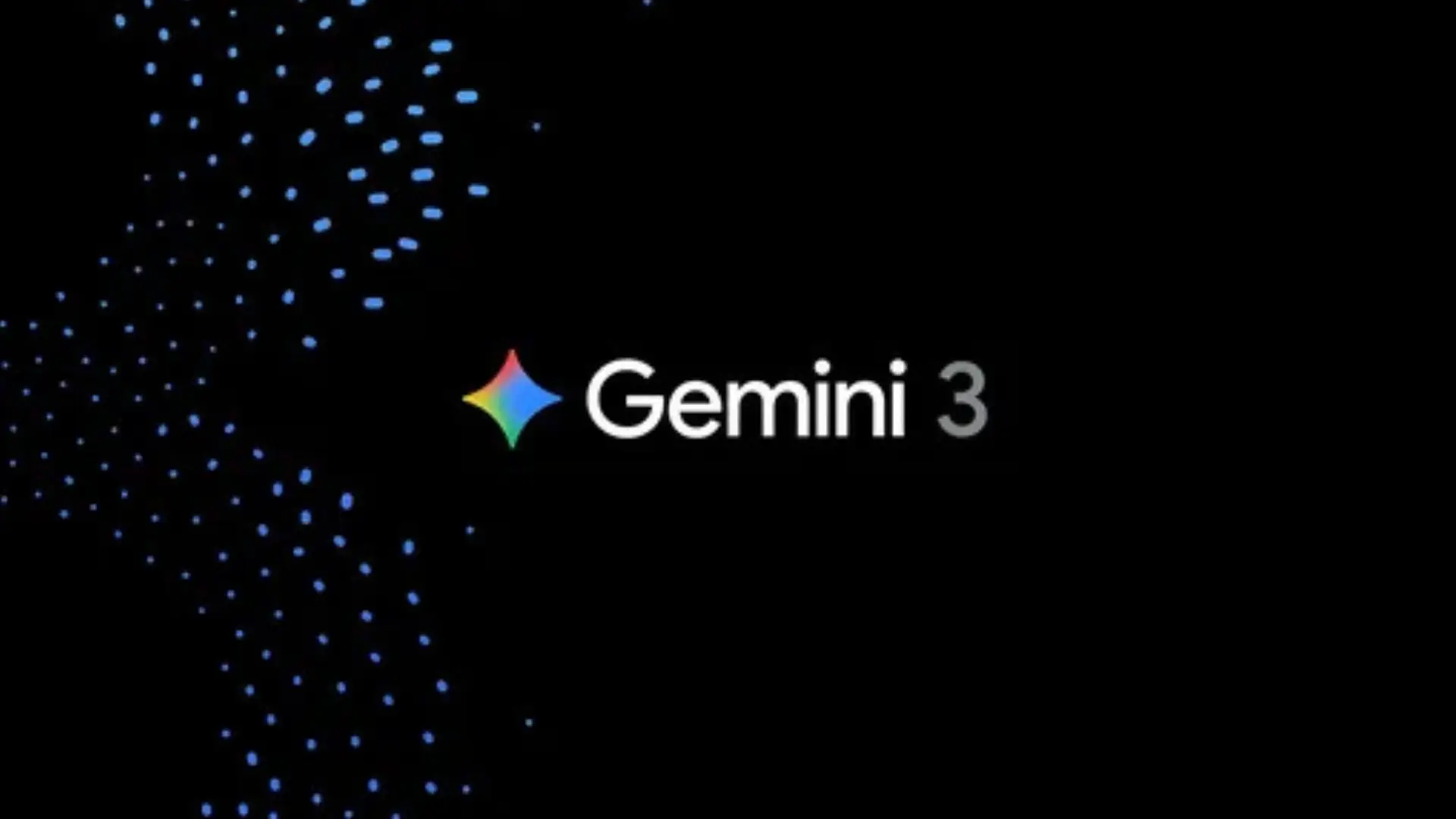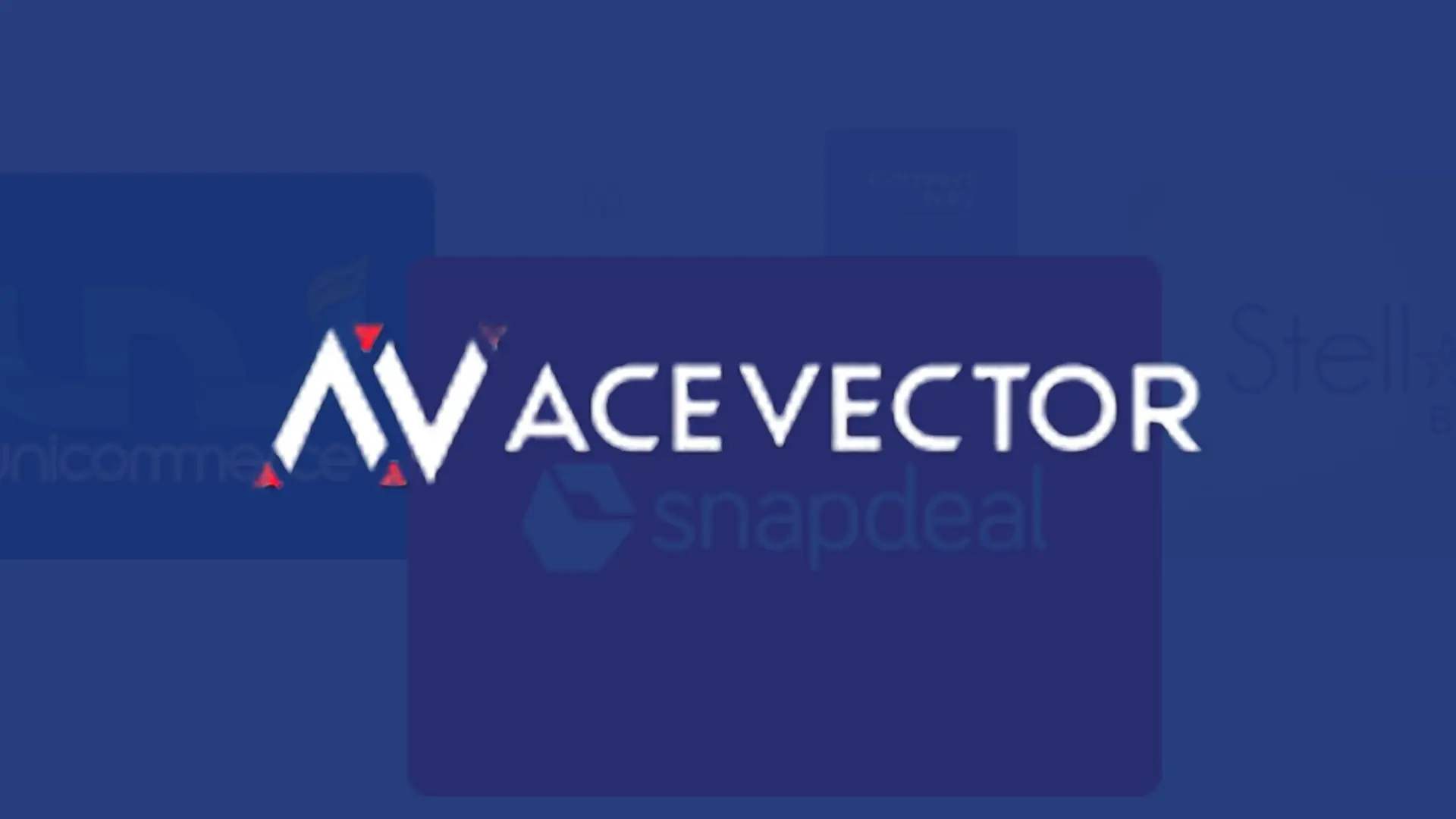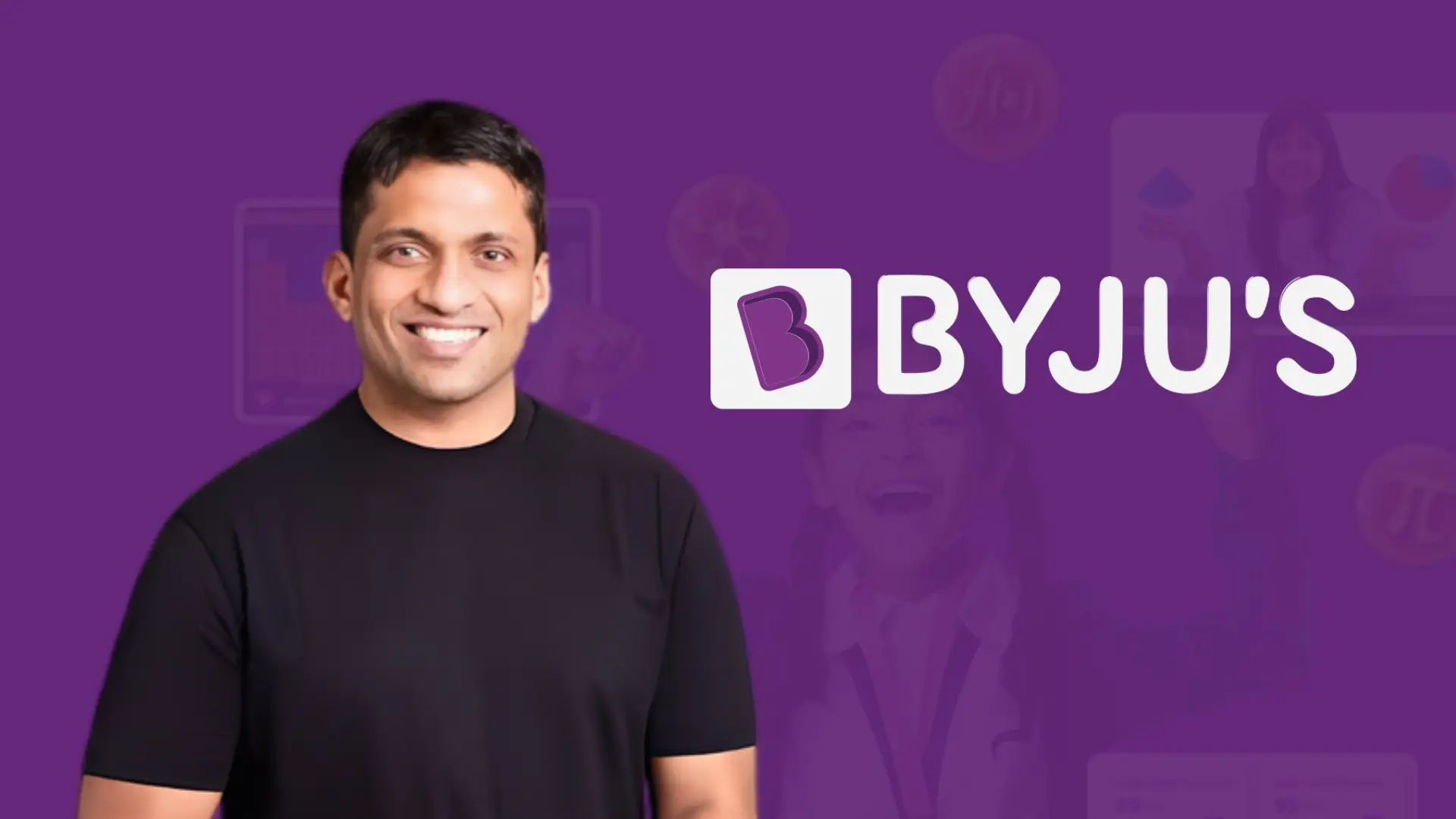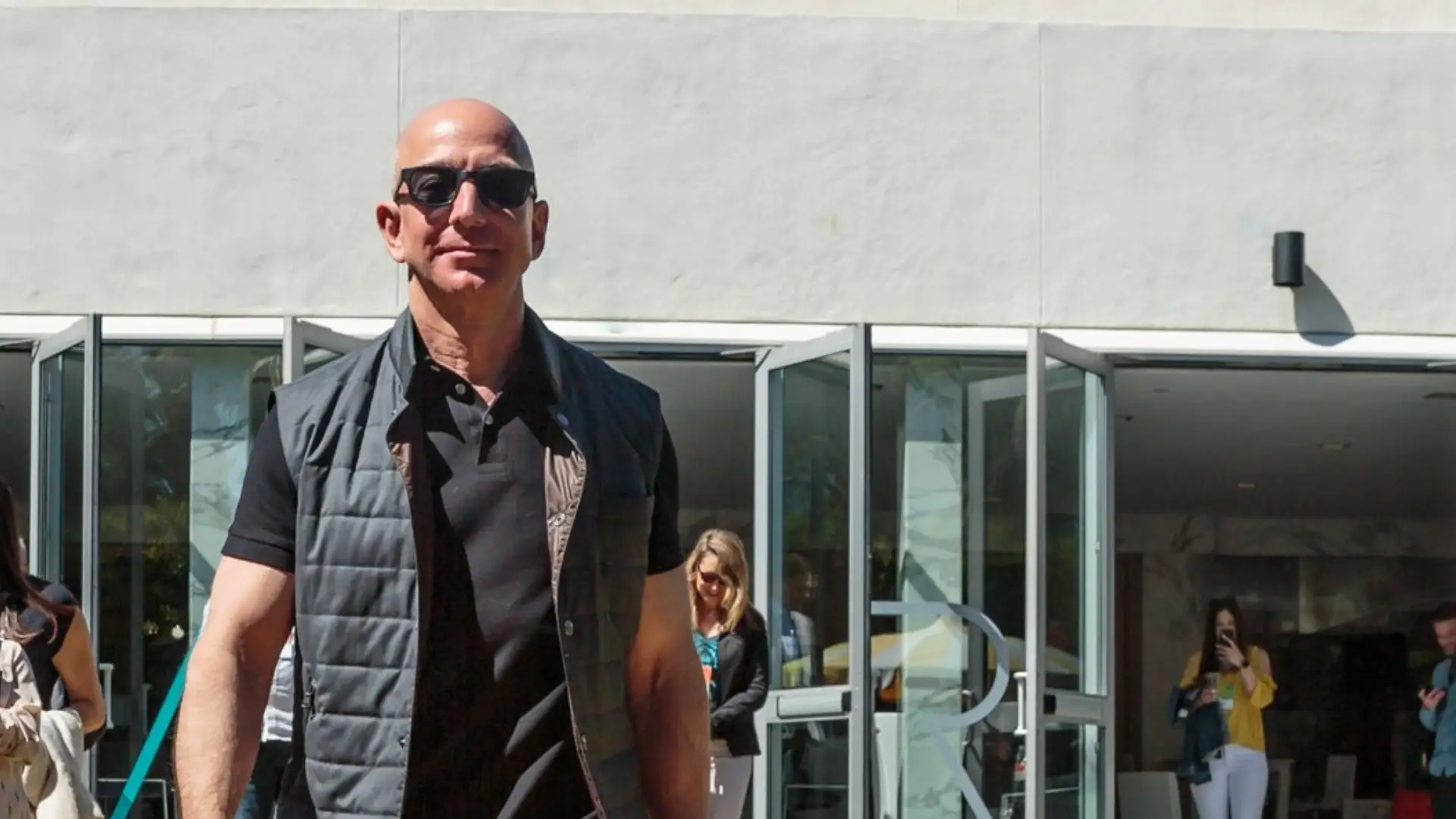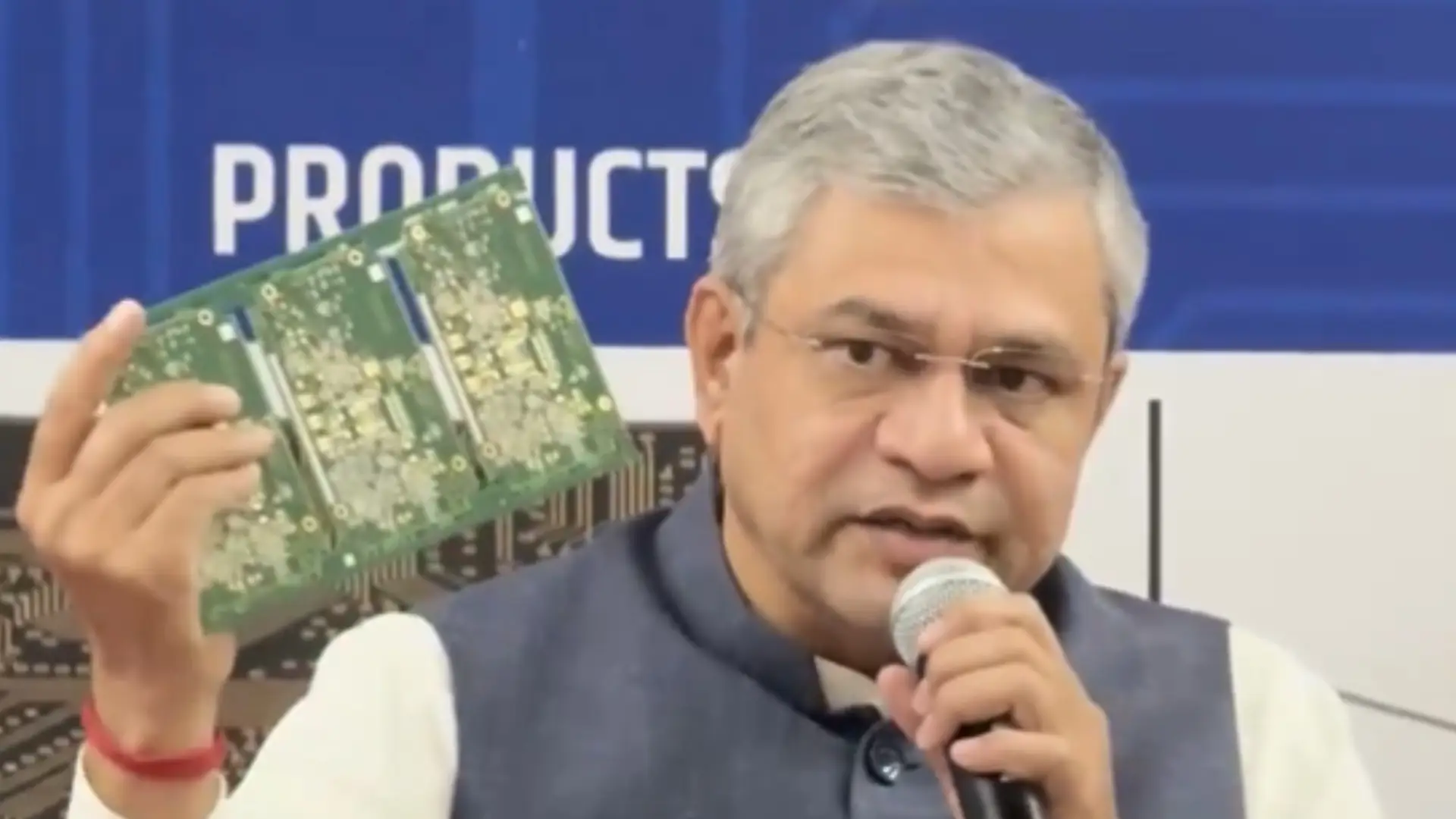In the early days of building a business, there are a lot of things that impact performance. If there’s one thing that needs to be looked after consistently, it’s your financials. Profitability is important, but that can’t be your only focus. You need to start thinking beyond just the profit and loss statement. The balance sheet is just as critical, maybe even more so. But in most early-stage startups, it’s hardly given the kind of attention it deserves. And within the balance sheet, there’s this one underexposed parameter, something that most founders don’t even know exists or simply never bother to look at. Any guess what it is?
Now think about this for a second: there are certain businesses that survive even after a bad quarter. Some brands don’t lose customers even after messing up a major campaign. And some founders raise funds again and again even if their first two startups failed. Ever wondered why? It’s not just because of profits or fancy projections. It’s not because of cutting-edge tech either. There’s something deeper, and as per balance sheet terms, we call it “goodwill.” Have you heard of this?
In accounting terminology, goodwill refers to the additional amount a company invests in acquiring another business, which exceeds the actual value of its assets and liabilities. To put it simply, imagine there is Company A, and it is planning to acquire a company called Company B. Company B has net assets of INR 700 crores, but company A has acquired it for INR 1000 crores. Now tell me why Company A is paying an extra 300 crores and what it is paying for. It is for Goodwill. Though we can’t see the goodwill as we can see the PPE, or property, plant, and equipment. This goodwill is for the brand value, customer loyalty, reputation, team culture, trust in the market, and relationships with clients and vendors. It is a part of the balance sheet like all the other assets, and this is not just confined to numbers.
There are some companies with strong goodwill. Usually, we talk a lot about the competitive advantages of the company. Most of those things revolve around the tech, cost advantages, and network effects. But goodwill is like an underrated moat of the company. Goodwill helps you to reduce the cost of acquisition, increases LTV (lifetime value), and also builds the trust and loyalty of the customers. It also builds forgiveness into the business.
To give you more context, there are some companies with very huge goodwill. If we start with Reliance Industries’s goodwill being about $3,163 million as of the recent quarter ended in March 2025. And if we compare Microsoft’s goodwill. It stands at $119,329 million as of the same quarter. The reason why I compared it with Microsoft is to highlight an interesting acquisition done by Microsoft.
How many of you know that LinkedIn was acquired by Microsoft? In 2016, Microsoft acquired LinkedIn for a whopping $26.2 billion in an all-cash deal. But you know LinkedIn’s tangible net assets at the time (servers, cash, buildings, etc.) were only a small portion of that price. There are some reports saying the net assets of LinkedIn were valued at $4 billion. But the extra portion was because of the intangibles. To be precise, Microsoft recorded over $15 billion as goodwill in this acquisition. But why that huge difference? Microsoft has paid that huge amount for the 500 million+ professionals who were actively using LinkedIn. It is for the data no one else had, such as the skills, job, and hiring patterns. Meaning Microsoft didn’t consider the short-term profits, but it is all about the long-term positioning.
One more interesting case is Instagram’s acquisition by Facebook. Instagram had about 13 employees, and it was barely generating revenues, and coming to assets, there were not many. But the acquisition was valued at $1 billion. Again, this huge sum was paid for the goodwill that Instagram built.
Goodwill doesn’t come from one big success or a huge funding round. It all grows slowly through the trust, care, and consistency. And goodwill can impact the overall business. Goodwill quietly boosts your retention; people stay with your brand even when things go wrong. It brings in word-of-mouth referrals because people genuinely trust you. As goodwill builds, your marketing costs drop since your reputation does the marketing. It even helps during fundraising, as investors move faster when they know your users and team believe in you. And when a crisis hits, goodwill acts like a shield, giving you time, forgiveness, and support.
In many ways, goodwill is like compound interest; it grows slowly, almost invisibly at first. But over time, it multiplies your brand’s strength, loyalty, and value. It’s one of the most powerful forms of ROI, and it’s built quietly, through trust and consistency. So, remember this important parameter while you do anything in business.
Also Read: Don’t Build a Startup Without This: AARRR Growth Funnel Breakdown

